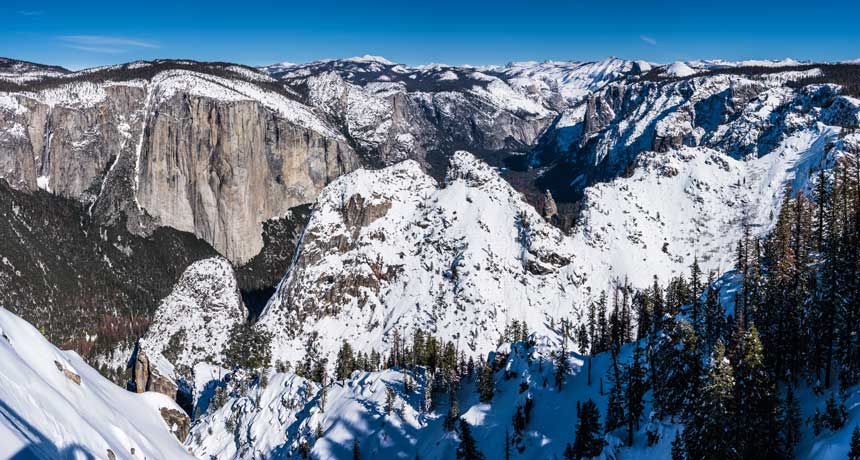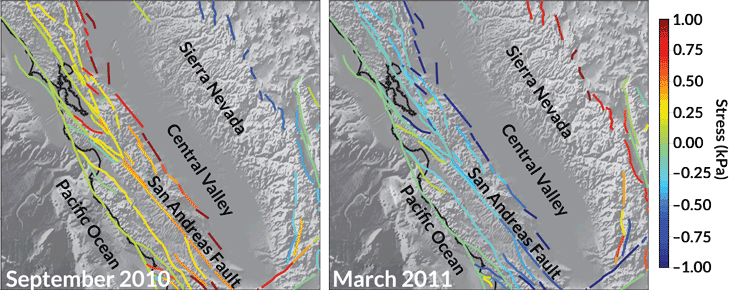Snow and rain tug on earthquake faults in California
Seasonal changes in water weight can set off small tremors

ON THE REBOUND Weighed down with water during wet winters, California’s northern mountain ranges — like the Sierra Nevada, shown — rebound during dry summers. This seasonal flexing leads to an uptick in small quakes along some faults, new research finds.
Bill_Dally/iStockphoto







